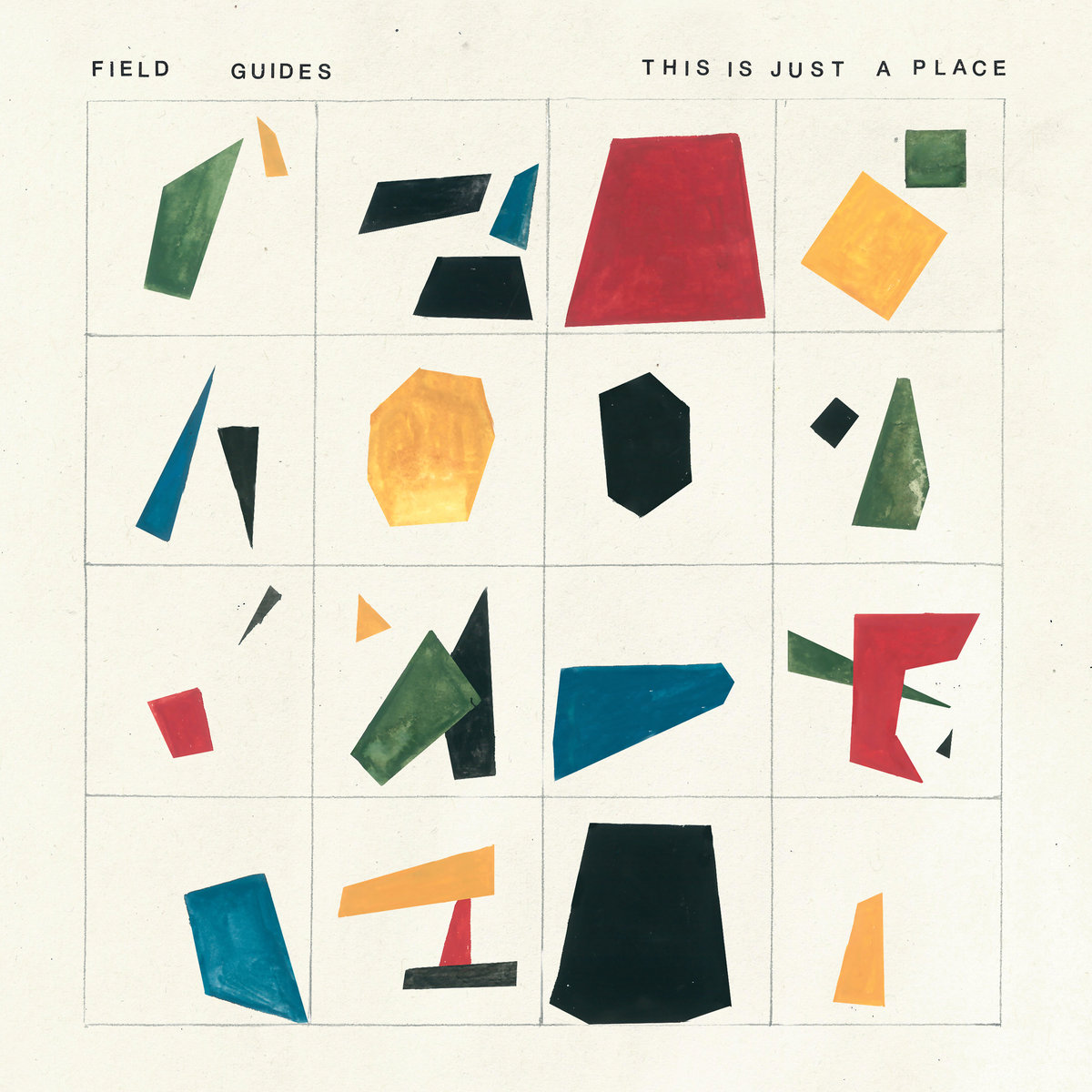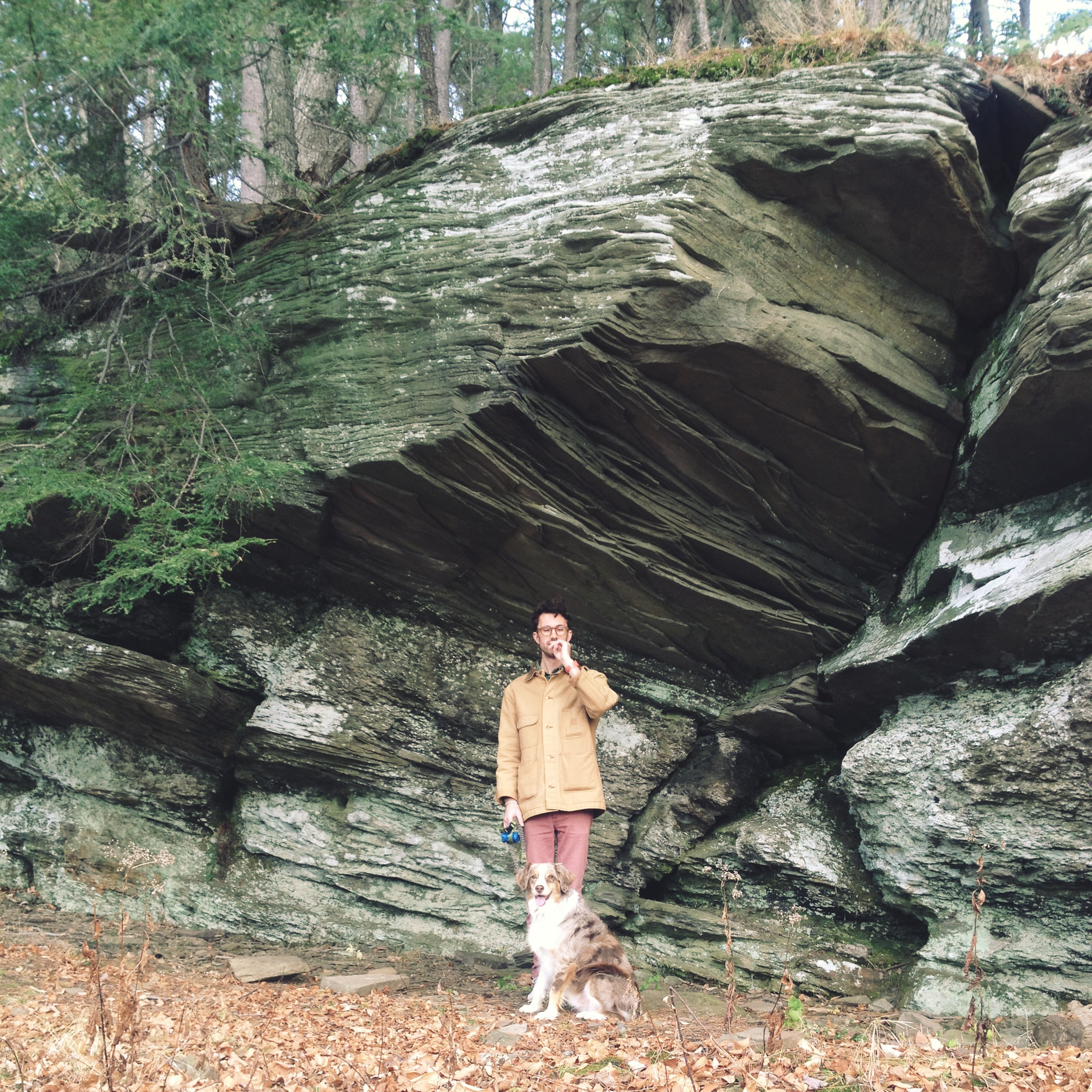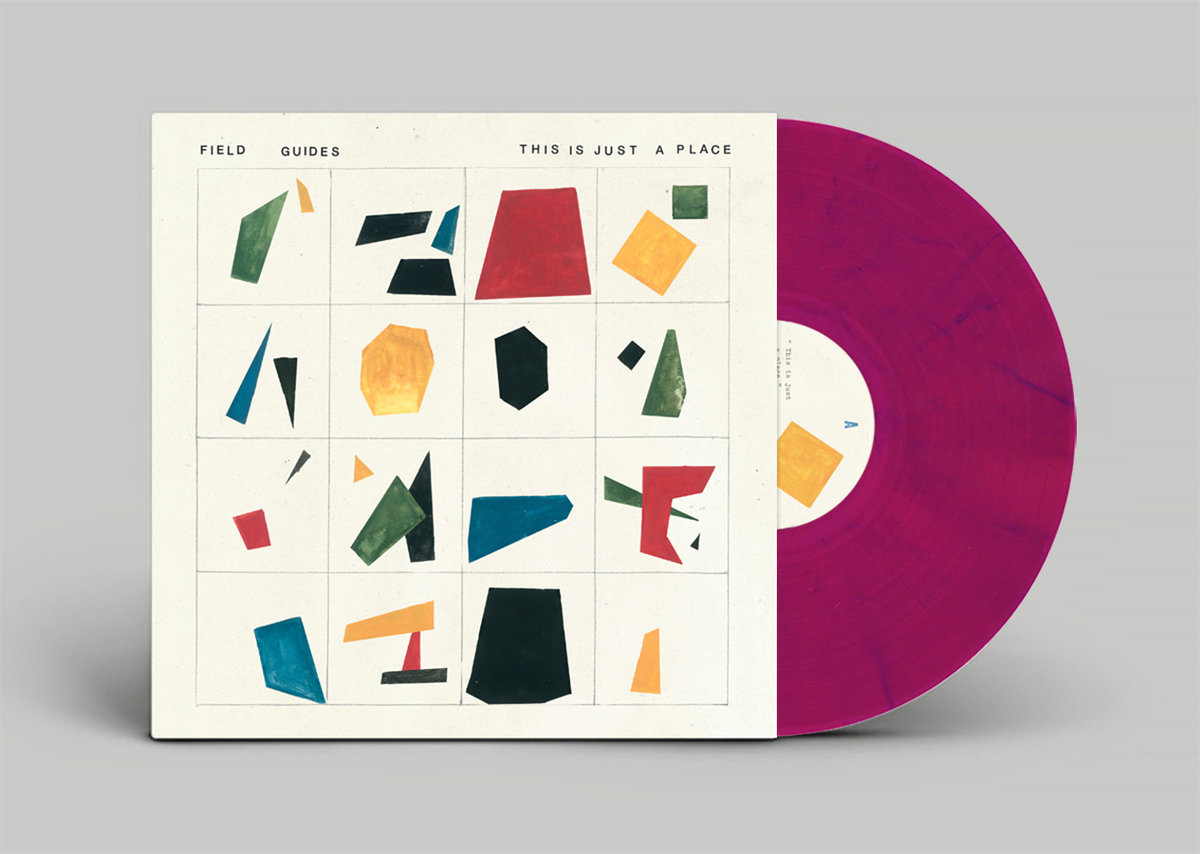The bowerbird is renowned in the animal kingdom for its ability to construct elaborate structures. As part of their mating ritual, male birds craft bowers from a variety of materials, making the main body of the structure with sticks and branches before decorating inside and out with a variety of objects. Flowers and feathers, shells and stones, leaves and bones and man-made items too—coins and bottle tops, rifle shells, pieces of coloured glass. Shards of plastic no longer identifiable, broken things of every colour, a shattered rainbow of trash.
In this way, the bowerbird could be said to be an atypical organism. One benefiting from or at least making the best of man’s encroachment on the natural world, the ongoing disaster we’ve conducted for years and seem hell-bent on continuing. The environment might be corrupted, yes, but how else would their materials be so durable and permanent? So ever-replenishing? Where else would they get so many brilliant colours?
Not that they have a choice in the matter. The entire land could be choked in plastic, the seas acidic and roiling, the skies preternaturally dark with ash and dying embers, and still the bowerbird would go about its business. Scavenging and arranging and waiting for a mate that might never come. After all, to build a bower is to be a bowerbird. To be a bowerbird is to build a bower.
Benedict Kupstas, the lead figure of Brooklyn’s Field Guides, feels a certain alignment between the actions of the bowerbird and his own artistic practice. “The creative urge feels like such a deep-rooted, primal impulse, as if art is a conduit to a more natural state,” Kupstas explains. “I think making songs (or writing stories or painting or dancing) is an only slightly more sophisticated version of [the bowerbird’s bowers].”
The decidedly bowerbirdian artwork of the latest Field Guides album This Is Just A Place, out on Brooklyn label Whatever’s Clever, is therefore no coincidence. This is a record indebted to nature, the songs tied by a thread of unashamed awe, a kind of delighted disbelief that we find ourselves alive and surrounded by a myriad of other lifeforms. This extends from Kupstas’s lyrics to the use of found sounds and nature recordings, the latter forming a kind of sonic basecoat on many of the tracks that grounds them in the ecosystem from which they arose.
If a bowerbird’s bower is a survey of a given moment, an archive of the present materials collected and arranged, then This Is Just A Place could be said to be Kupstas’s own bower. The record is scavenged from far and wide, Kupstas setting out into life and bringing back small parts with which to represent it. There are field recordings from the Sapsucker Woods in Ithaca, New York, Costa Rica’s Corcovado National Park and Italy’s Parco Nationale delle Cinque Terre, as well as literary quotes and references from the likes of Julio Cortázar, Lorrie Moore, Vladimir Nabokov and A. R. Ammons. Take ‘(field crickets & melodica)’, a song that lives up to its title with melodica wheezing gently over a thick thatch of stridulating crickets. The track plucks the essence of the dark of night in all its tactile texture, serving not to recreate some flat, nostalgic facsimile but rather preserve the very night itself.
Such a method of documentation is explored in Valeria Luiselli’s latest novel, The Lost Children Archive, an author Kupstas claims as an influence. Luiselli’s archivist narrator thumbs through Sally Man’s Immediate Family and finds herself taken by “the constant tension in those pictures, a tension between the document and fabrication, between capturing a unique fleeting instant and staging an instant.” There’s something about the photographs, she realises, that eschews the normal relationship one forms with the past. “In [Mann’s] pictures there isn’t nostalgia for the fleeting moment, captured by chance with a camera. Rather, there’s a confession: this moment captured is not a moment stumbled upon and preserved but a moment stolen, plucked from the continuum of experience in order to be preserved.”
The distinction Luiselli describes is that between an archive and a memorial, and her point is as applicable to the songs of Field Guides as it is to Sally Mann. A memorial, a simulacrum of the lost, is a collection of exceptional objects to be viewed with wistful longing, its presence only serving to highlight what is absent now and forever. But an archive cheats time, snatching objects from the moment in order to bring them forward, as though in removing something from the present it can be saved from a slow slide into the past.
Importantly, the information accumulated in an archive is not weighted or ranked. A personal story weaves through This is Just a Place, one of a relationship failing and passing on, but this is not held above the world in which it unfolds. Indeed, in so much art the environment feels created in order to accentuate the human experience—the metaphorically-ripe rainstorms and heatwaves, the summer sunset and winter’s night—as though surroundings are transient and fleeting projections of a character’s abiding interior. In bedding the personal so intrinsically within the wider environment of nature and history, Kupstas reverses this relationship. The environment is the enduring image, a backdrop across which various cycles of life and love pass. And there’s nothing exceptional about the human contingent of these patterns. Shaking sand from a loved one’s hair is placed next to terns diving into the surf, wasps landing to lick sweat from arms. Longing joins lavender plants, heartbreak next to cat scratches, cut grass and cotton limbs and the crepuscular cricket’s chirp. Not, to borrow Luiselli’s words, nostalgia for the fleeting moment but a representation of the whole tapestry of life.
This Is Just a Place can serve as the reminder of this fact, an archive of life that brings the entire world into view. For beyond our own heads lies something vast and beautiful and strange, something that can assuage our own suffering if only we stop and let it. Something that we’re losing day upon day. In this way, Field Guides elucidate the dangerous paradox of our time. We can be saved from our own self-importance through a reconnection with the natural world, but that very self-importance is pushing nature to the brink. And when the illness threatens the cure the prognosis is bleak. “To be honest, I’m usually not very optimistic about the future, given current trends,” Kapstas admits. “But I also loathe defeatism and nihilism when I hear it from others […] But we have to find ways to get galvanized and keep fighting.” This Is Just a Place is Field Guides fighting to remind us what we stand to lose, to preserve and persevere in the face of such dread, to carry on living. After all, to preserve and persevere is to be a human. To be a human is to carry on living.
This is Just a Place is out now on Whatever’s Clever Records and you can get it from the Field Guides Bandcamp page.
First and second photo by Catalina Kulczar, third by Yuko Ulrich, album art by Julia Huete





